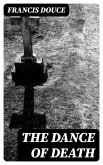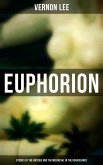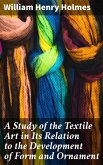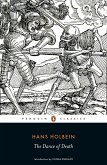Francis Douce's 'The Dance of Death' is a fascinating exploration of medieval art and culture, specifically focusing on the theme of mortality in the form of allegorical visual representations. Through in-depth analysis of historic artwork and religious texts, Douce delves into the symbolism of death in the medieval period, examining how the concept of mortality was depicted and understood by society at the time. The book is rich in detail, providing a comprehensive look at the significance of the 'Dance of Death' motif in art and literature of the era. Douce's writing style is scholarly and informative, offering a unique perspective on an often overlooked aspect of medieval art. His meticulous research and thoughtful interpretations make 'The Dance of Death' a valuable contribution to the study of medieval visual culture. Francis Douce, a renowned antiquary and art historian, was deeply interested in the iconography of death and its representation in medieval art. Drawing on his expertise in the field, Douce offers readers a profound understanding of the symbolic significance of the 'Dance of Death' theme, shedding light on its cultural and religious implications. His academic background and passion for art history undoubtedly influenced his decision to delve into this intriguing subject matter. For readers interested in the intersection of art, culture, and mortality in the medieval period, 'The Dance of Death' by Francis Douce is a must-read. Douce's meticulous research and insightful analysis make this book an invaluable resource for anyone seeking a deeper understanding of the visual representations of death in medieval art.
Dieser Download kann aus rechtlichen Gründen nur mit Rechnungsadresse in A, B, BG, CY, CZ, D, DK, EW, E, FIN, F, GR, H, IRL, I, LT, L, LR, M, NL, PL, P, R, S, SLO, SK ausgeliefert werden.









